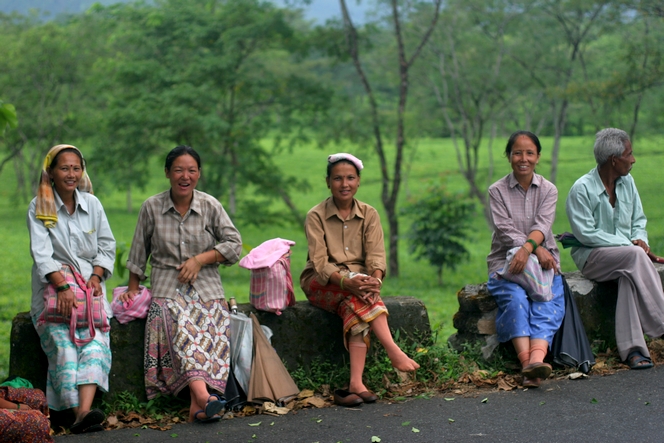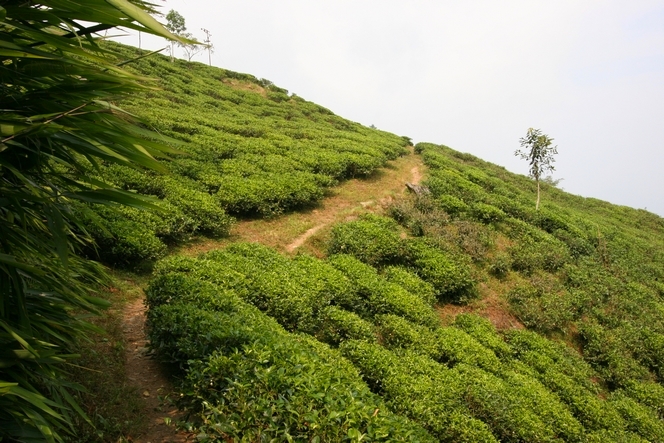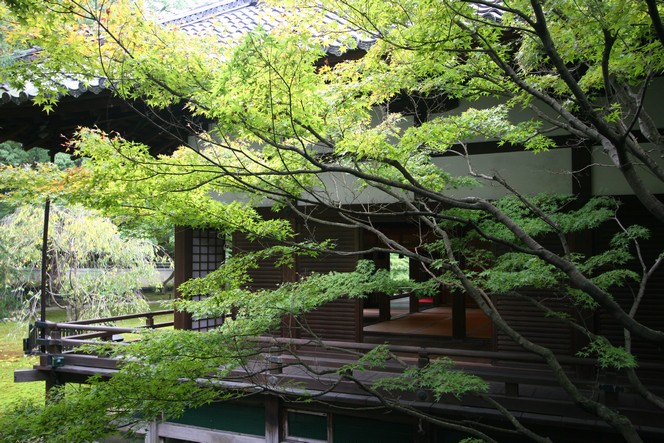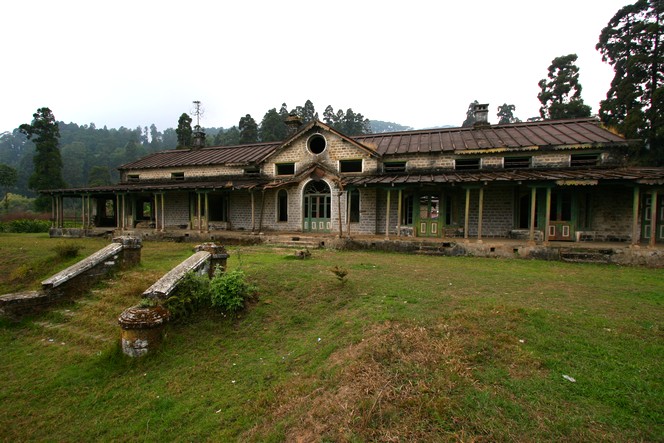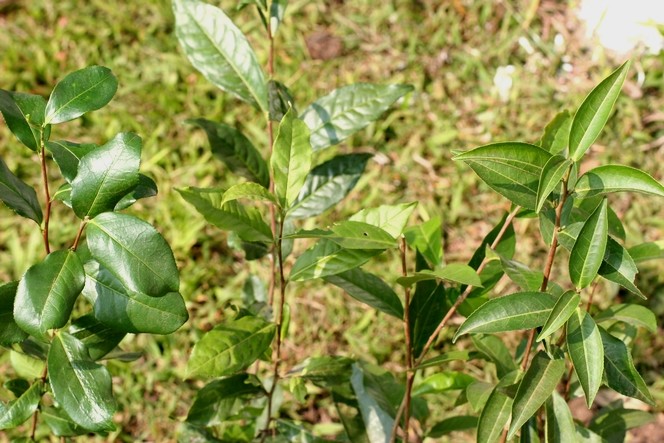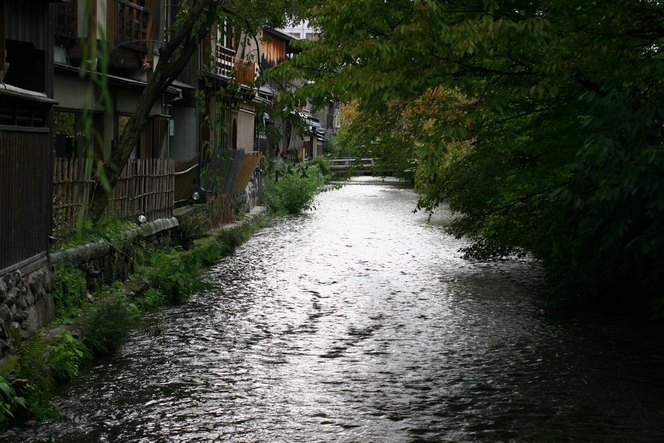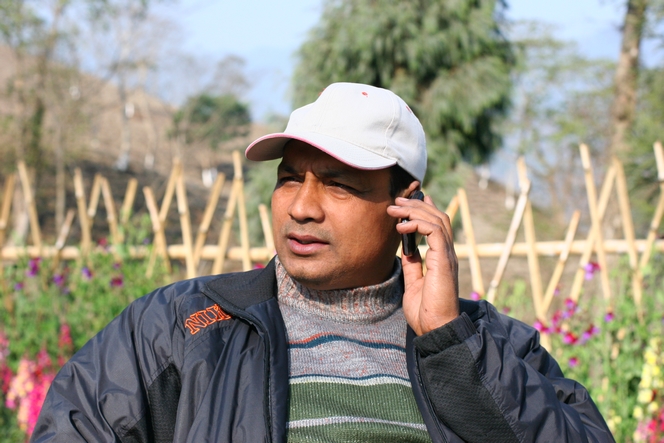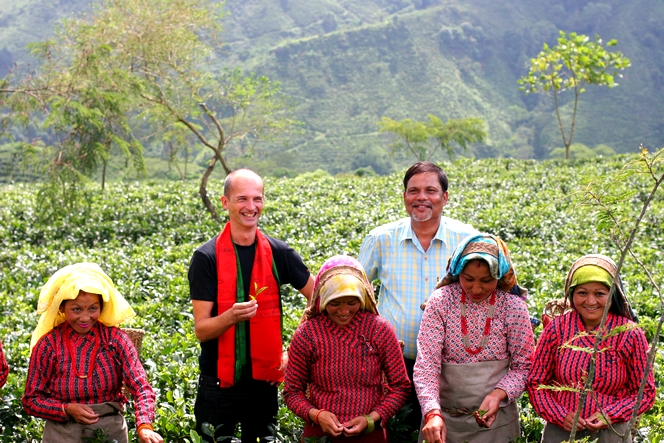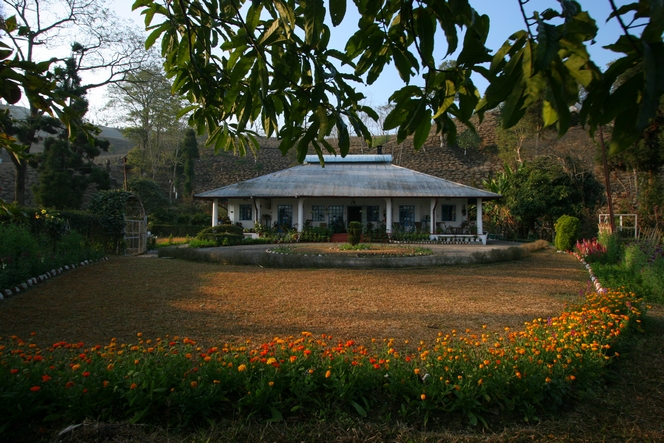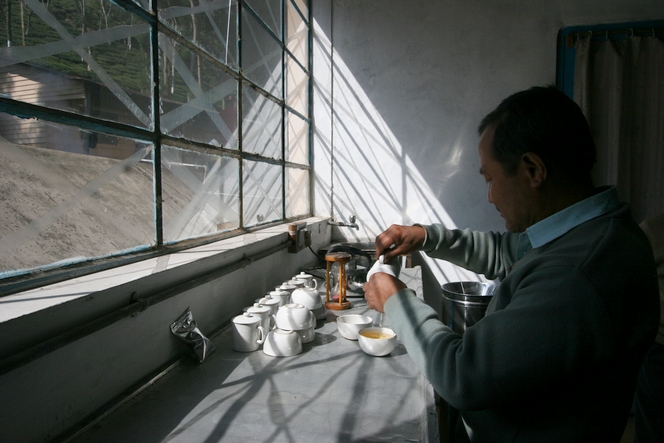We have just received a new first flush Darjeeling, Longview DJ1, the first lot of the year from the Longview Tea Estate. Because of its location, this garden fortunately avoided the road blocks recently put in place, which I told you about last time, and managed to get its tea to Kolkata.
In the mouth, this tea develops planty, almondy notes. It has a fresh start, followed by delicate aromas of camphor.
These smiling faces belong to pluckers who work at Longview, enjoying a well-earned break.

